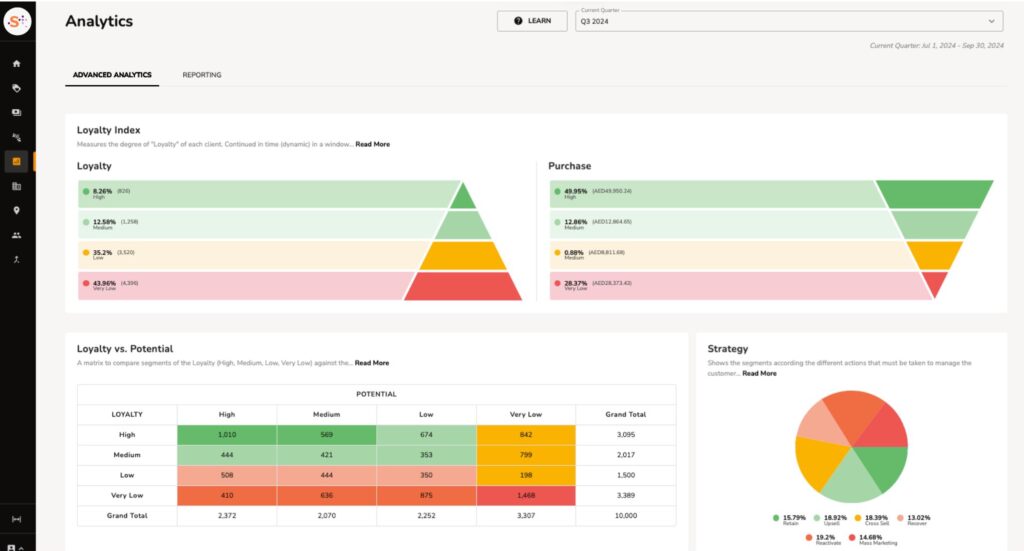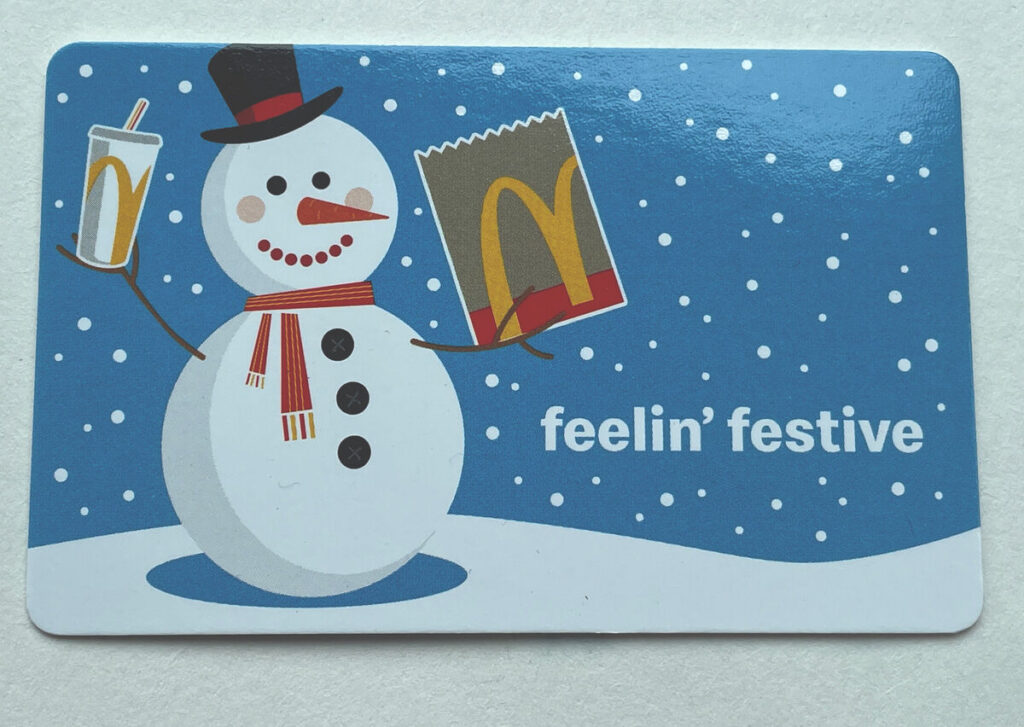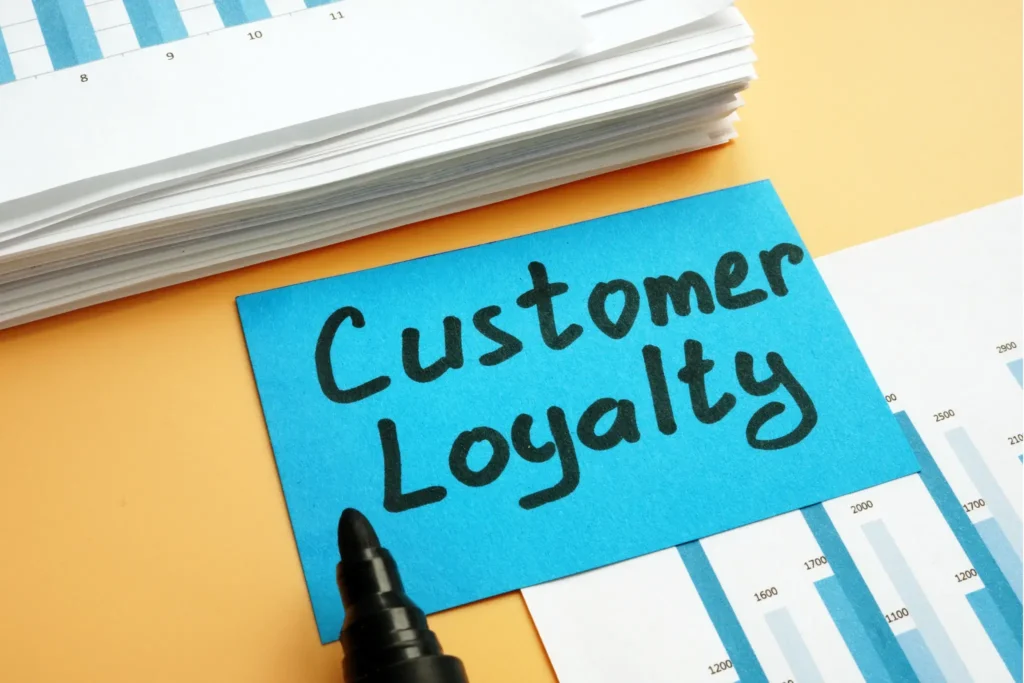Building and maintaining customer loyalty is crucial in today’s highly competitive market. By keeping loyal customers, businesses can increase repeat sales and lower the cost of acquiring new customers. The following blog post will explore the secrets to creating effective loyalty strategies within a loyalty program. This will include providing practical examples and assessing the importance of tailoring strategies to the customer lifecycle.

Table of Contents
ToggleUnderstand your customer
Before developing effective loyalty strategies, it is essential to empathize with your customers and understand their needs and motivations.
Identifying and understanding customer segments is essential. Data should be used to determine demographic, geographic, and psychographic characteristics and to consider consumers’ needs, behaviors, and preferences.
Deeper segmentation allows for creating personalized, relevant, and practical strategies to drive customer loyalty and engagement.
Define clear objectives
Establishing clear goals is crucial for a loyalty program to be effective. A useful methodology for this is SMART goals, which involve defining Specific, Measurable, Achievable, Relevant, and Time-bound objectives. This will help maintain focus and evaluate the program’s success.
Examples of SMART goals in loyalty programs are:
- Supermarket: Increase customer retention by 15% in one year by offering weekly discounts on popular products and allowing customers to accumulate points for more significant rewards at the end of the year.
- Coffee chain: Increase the frequency of customer visits by 20% in three months by offering a free drink after every eight purchases and access to exclusive experiences for loyalty program members.
- Electronics store: Increase the average purchase value by 25% in three months by incentivizing customers with extra points for purchases above a certain amount and exclusive discounts on new products.
Some basic steps to establish and achieve SMART goals are:
- Analyze historical data: Use loyalty analytics to assess sales and customer behavior to set realistic and trend-based goals.
- Segment customers: Set specific goals for different customer segments (new, most loyal, less loyal, etc.) to personalize strategies and maximize effectiveness.
- Implement surveys and feedback: Continuously track progress towards goals and adjust strategies as necessary to ensure they are being met.
Select the right rewards
Choosing the right rewards is essential to motivating customers to participate in your loyalty program. Let’s examine the different types of rewards in more detail and how to choose the most suitable ones for each audience.
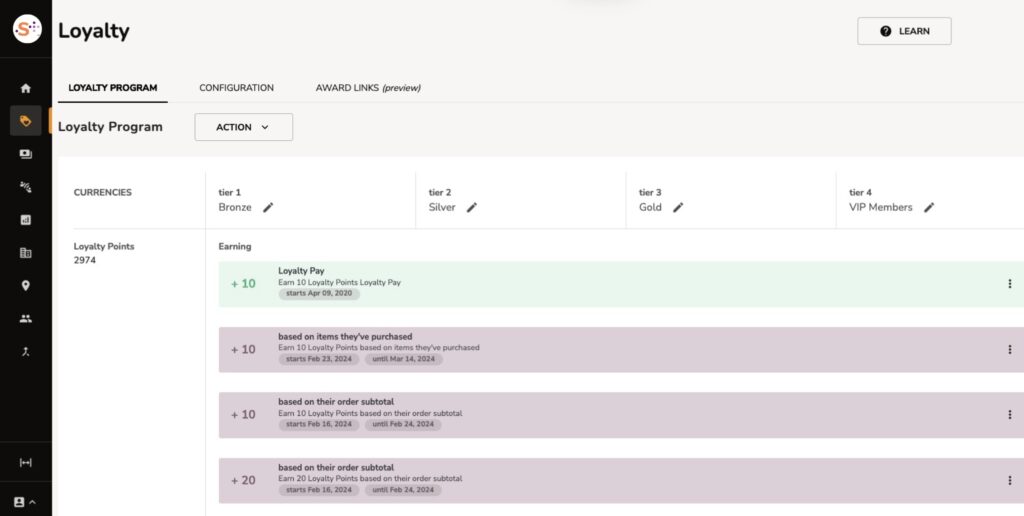
Types of rewards:
- Discounts and coupons: Direct price reductions on specific products or the entire purchase and coupons for future use.
- Complimentary products: Offering free samples as incentives for purchases or complete products after reaching a certain level of purchases.
- Accumulated points: Point systems in which customers collect points for each purchase, which can be redeemed for products, discounts, or services in future purchases. Membership levels (bronze, silver, gold) offer incremental benefits based on points accumulated.
- Exclusive experiences: Access to exclusive events like product launches, private parties, and personalized experiences such as consultations or private tours.
- VIP services: Priority customer support, exclusive technical support, and free shipping.
How to choose the right rewards:
- Know your audience: Use data and customer segmentation to understand the rewards they value most.
- Balance cost and perceived value: Ensure rewards are valuable to customers and sustainable for your business.
- Diversify rewards: Offer a variety of rewards to attract different customer segments. A flexible point-based plan that allows customers to choose rewards can be very effective.
- Evaluate and adjust: Periodically review which rewards are most popular and adjust your offerings accordingly.
Effectively communicate the loyalty program
Effective communication in the proper formats and messages is crucial to keep customers informed and engaged with your loyalty program.
Multichannel approach:
- Email: Regular newsletters and personalized messages based on customer behavior and preferences.
- Mobile apps: Push notifications and real-time updates on points balance, available rewards, and upcoming promotions.
- Social media: Regular posts and direct interaction with customers.
- Website: A dedicated section with detailed information and live chat support.
- Physical stores: Promotional materials and trained staff to inform and encourage customers to join the program.
Personalization:
- Audience segmentation: Customize messages based on demographics, behavior, and preferences.
- Dynamic content: Personalized offers and product recommendations.
- Automated Marketing: Automated workflows triggered by customer behaviors and A/B testing to optimize messages and offers.
Encourage member engagement
A successful loyalty program is easy to understand and has simple mechanics.
Clear and concise rules:
- Transparency: Make sure the program rules are easily understood using precise language.
- Visibility: Make sure to display the participation rules prominently, such as on the website, mobile app, and in physical stores.
Easy registration process:
- Quick sign-up: Facilitate a swift and hassle-free registration process.
- Multiple options: Offer various ways to sign up, including online, physical stores, and mobile apps.
Simple earning rules:
- Automation: Implement systems that automatically record and accumulate points for each purchase.
- Transparency in earning points: Provide clear information on how points are calculated and the amount earned per transaction or event.
Technology and tools:
- Mobile apps: Develop user-friendly mobile apps.
- Digital cards: Offer digital loyalty cards.
- Online platforms: Create an online portal.
- Quick scanning systems: Use QR codes and ensure integration with POS systems.
Measure and adjust
Continuously measuring the performance of your loyalty program and making necessary adjustments is crucial.
- KPIs and metrics: Identify key metrics to evaluate the program’s success.
- Customer feedback: Collect and analyze customer opinions to continually improve the program.
Loyalty strategies and customer lifecycle
Designing loyalty strategies according to the customer lifecycle is essential for maximizing the effectiveness of the loyalty program.
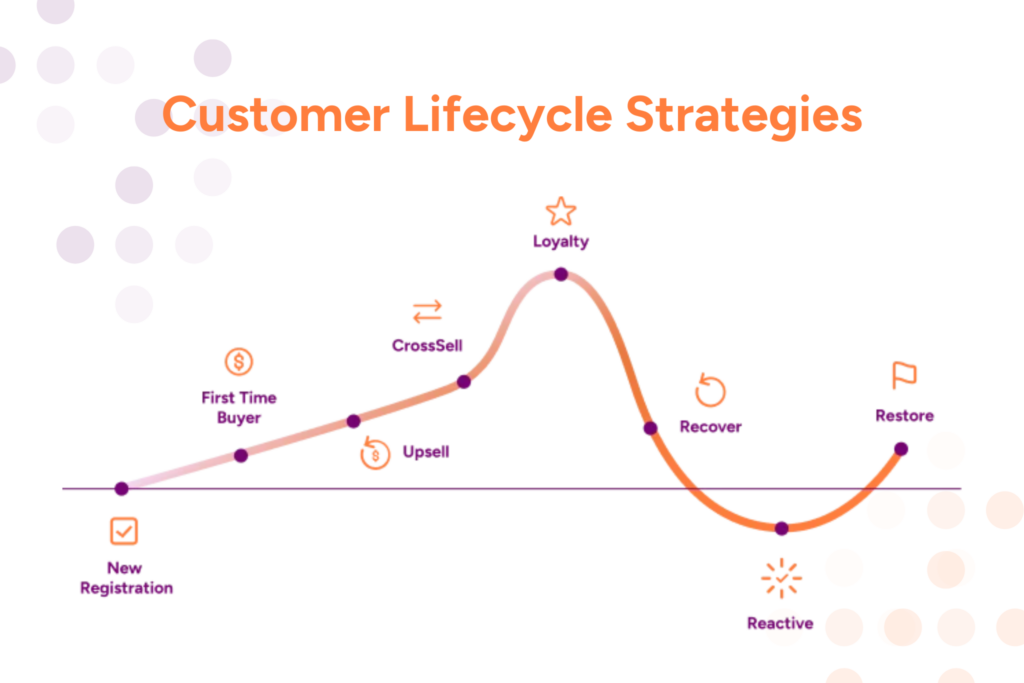
Customer Lifecycle Stages:
- Acquisition: Attract new customers with welcome offers and discounts for the first purchase.
- Growth: Encourage growth by boosting purchase value with tailored recommendations and incentives for repeat purchases.
- Retention: Retain current customers by offering them exclusive benefits and providing excellent customer service.
- Recovery: Reengage inactive customers with attractive incentives and personalized communications.
The Loyalty Pyramid:
The Loyalty Pyramid helps us understand and segment customers based on their loyalty levels. Each level requires specific strategies and communications, from potential prospects to highly valuable customers.
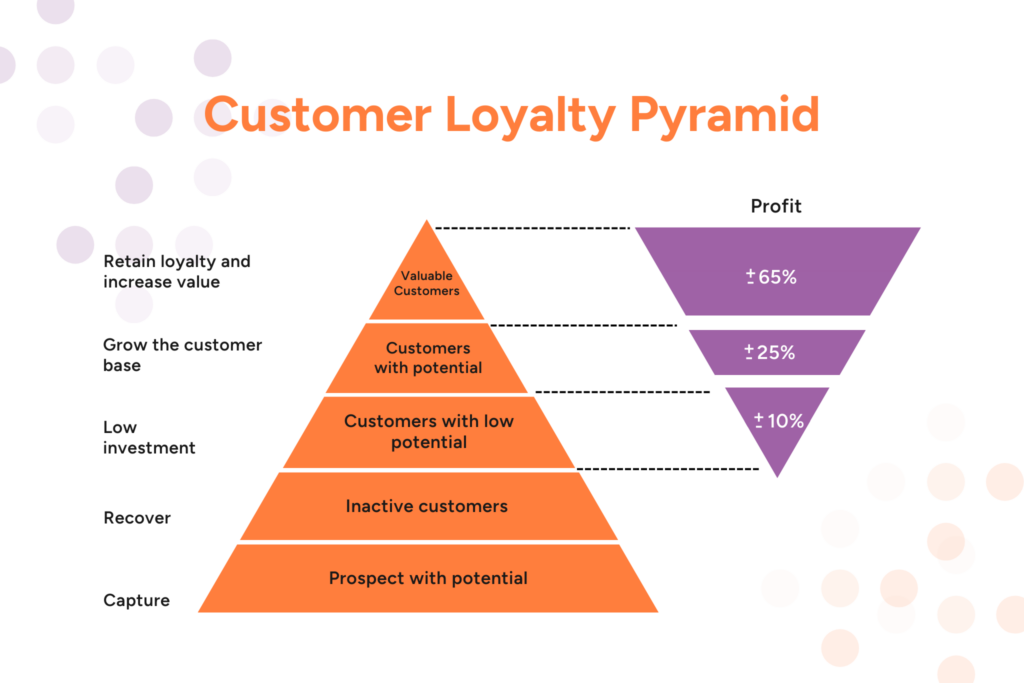
Conclusion: the secrets to effective loyalty programs
Creating and managing a successful loyalty program requires a combination of well-thought-out strategies and effective execution. The key lies in deeply understanding your customers’ needs, setting clear and achievable goals, selecting rewards they genuinely value, and communicating effectively. Facilitating participation is essential to keep customers engaged and active in the program. Continuous measurement and adjustment will allow you to optimize your strategy and ensure its long-term effectiveness.
Moreover, adapting your loyalty strategies to the customer lifecycle ensures that each stage, from acquisition to retention and recovery, is covered with specific tactics that maximize customer value. The Loyalty Pyramid will help segment your customers intelligently and direct the right strategies to each group.
Implementing these strategies can help any business build and maintain a loyal customer base, leading to sustained growth and greater profitability. Customer loyalty translates into repeat sales and customers who act as brand ambassadors, attracting new customers and strengthening your market position.
Are you interested in discovering the secrets to effective loyalty programs with us? Then, provide us with your details, and one of our specialists will contact you to evaluate your business’s most effective loyalty strategies.



